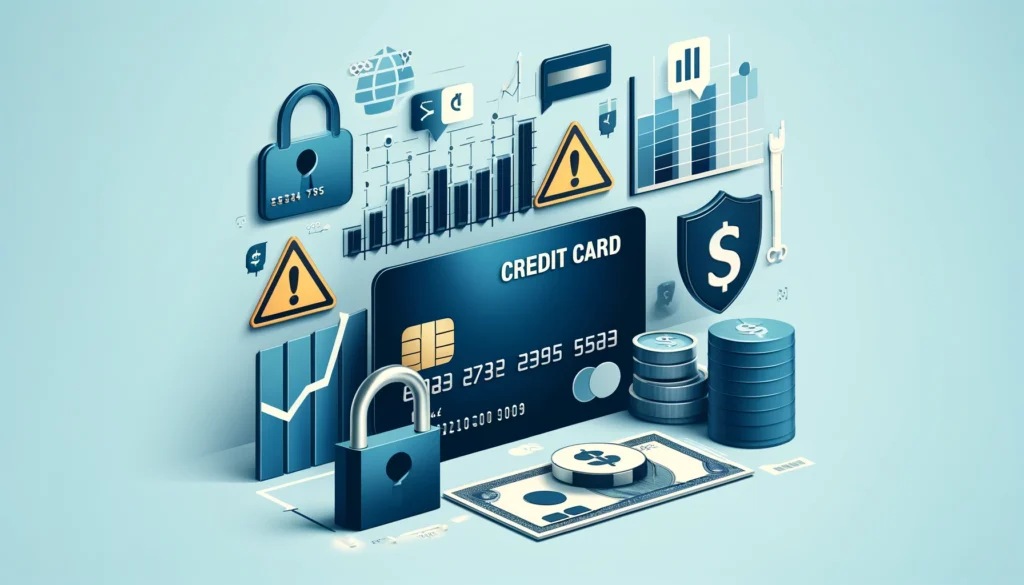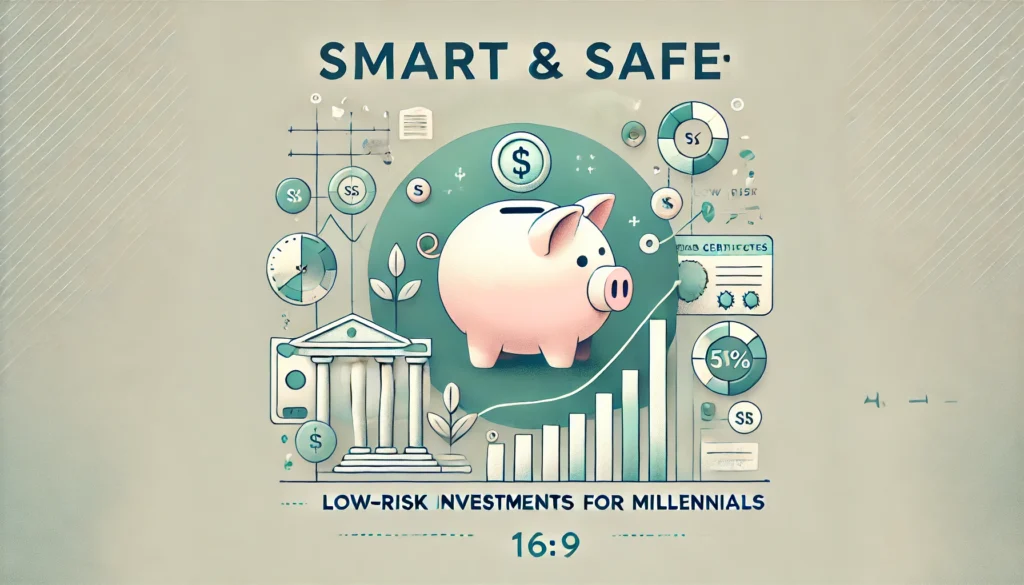In today’s fast-paced world, finding ways to earn extra income while still enjoying what you do can be a game-changer for your finances—and your well-being. Whether you’re looking to pay off debt, start investing for the future, or simply supplement your main salary, learning how to turn your hobbies into income streams is an accessible and often enjoyable approach. By combining your passions with practical business know-how, you can create profitable ventures that not only bring you extra money but also keep you motivated and engaged.
The idea of making money from your passions isn’t new, but the rise of remote work, online marketplaces, and social media has made it easier than ever to reach a global audience. A hobby that once stayed at home—whether it’s baking, painting, or coding—can now become a thriving side hustle. For those striving for financial independence, generating income from hobbies can be a gateway to achieving long-term goals without sacrificing personal interests.
In this comprehensive guide, we’ll walk you through the steps to turn your hobbies into income streams, from initial brainstorming to effective marketing and financial management. We’ll cover practical tips, share real-life examples, and explore strategic ways to handle the unique hurdles that come with running a side hustle. By the end, you’ll not only understand the potential of your passions but also feel empowered to monetize them in a way that complements your lifestyle.
1. Understanding the Potential of Hobby-Based Income
Before diving into the how-to, it’s important to assess why leveraging your hobbies can be so beneficial. Beyond the obvious perk of earning extra income, monetizing your interests can help you:
- Stay Motivated: When your income stream is tied to a passion, it’s easier to maintain enthusiasm even when challenges arise.
- Explore Creative Outlets: Turning a hobby into a side hustle encourages you to keep learning and perfecting your craft.
- Diversify Income: Depending on one salary can be risky. Building a side hustle from your hobby provides an additional income stream, offering more financial stability.
- Fast-Track Your Financial Goals: If you’re saving for a house down payment or paying off student loans, every bit of extra income can help you reach those milestones faster.
According to a 2023 survey by Upwork, around 36% of the U.S. workforce identifies as freelancers in some capacity, reflecting a growing interest in flexible or self-initiated work. Many of these freelancers started as hobbyists—baking cookies for friends, writing short stories, or creating digital art—and gradually transformed their pastimes into profitable endeavors. Whether you aim to become a full-time entrepreneur or keep it as a side hustle, the opportunities are vast.
2. Evaluating Your Passions for Profitability
Not every hobby translates smoothly into a profitable business. Some hobbies are inherently more marketable and in demand than others. Side hustle ideas like photography, graphic design, writing, and cooking are examples of hobbies that often have a ready-made audience. However, success heavily depends on both the uniqueness of your offering and your dedication to refining your skills.
2.1 Identify Your Core Strengths
Ask yourself:
- What activities or tasks do I do effortlessly?
- What skills or experiences set me apart?
- Am I willing to invest time in honing my craft?
This self-evaluation not only helps you pinpoint your strengths but also clarifies if your hobby is something you’re truly enthusiastic about. Passion is crucial, as transforming a hobby into a business involves challenges that require genuine interest to overcome.
2.2 Research the Market
Once you’ve identified a promising hobby, check whether there’s a demand. Tools like Google Trends, Keyword Planner, or SEMrush can offer insights into what people are searching for, how competitive certain niches are, and whether there’s a gap in the market. If there’s already a sizable market for your hobby, don’t be deterred—competition often indicates strong demand. Instead, focus on finding a unique angle or specialized niche where you can stand out.
2.3 Validate Your Idea
Before investing significant time or money, validate your idea by testing it on a small scale:
- Poll Your Network: Ask friends or family for feedback on your product or service.
- Pre-Sell: If it’s a digital product like an eBook or an online course, try a simple landing page to see if people are interested in signing up.
- Social Media Soft Launch: Use a personal Instagram or Facebook account to showcase your hobby, gauge engagement, and see if people are willing to pay for it.
Validation helps you refine your offering, identify your potential customer base, and minimize financial risk down the line.
3. Crafting a Strategy to Monetize Your Hobby
After evaluating your hobby and confirming there’s a demand, the next step is to plan how you’ll monetize it. This involves deciding on what exactly you’ll sell (products, services, or content), how you’ll price your offerings, and which platforms you’ll use.
3.1 Choose Your Revenue Model
There are several ways to monetize your hobby:
- Selling Products
- Physical Products: Handcrafted items, bakery goods, or artistic creations.
- Digital Products: Printables, online courses, eBooks, or stock photography.
- Offering Services
- Freelancing: Writing, designing, or consulting based on your area of expertise.
- Tutoring or Coaching: Teaching others the skills tied to your hobby, like music lessons or DIY craft workshops.
- Creating Content
- Blogging or Vlogging: Sharing your journey, tutorials, or personal stories.
- Affiliate Marketing: Earning a commission by promoting products related to your hobby through a blog, social media, or YouTube channel.
Your choice of revenue model may involve a combination of these methods. For instance, a passionate gardener might sell heirloom seeds (physical product), offer garden planning sessions (service), and run a niche blog monetized by affiliate links (content creation).
3.2 Determine Pricing Strategy
Pricing can make or break your side hustle. While you don’t want to undervalue your work, it’s crucial to keep your rates competitive and aligned with market norms.
- Cost-Based Pricing: Calculate the cost of materials, labor, and overhead, then add your desired profit margin.
- Value-Based Pricing: Consider the value your product or service provides to your customer. If your expertise is highly specialized, you can charge accordingly.
- Competitor Research: Look at what competitors are charging and evaluate how your skills, experience, or unique offerings compare.
Remember to stay flexible. In the early stages, introductory prices or promotional offers can help attract your first clients or customers, but they should eventually reflect the true value of your product or service.
3.3 Choose the Right Platforms
Nowadays, selecting the right platforms to showcase your work is crucial. Popular options include:
- E-commerce Marketplaces: Etsy, Amazon Handmade, or eBay for handmade or specialized products.
- Freelance Platforms: Upwork, Fiverr, and Freelancer for service-based side hustles.
- Personal Website or Blog: Offers more control over branding and pricing, though it requires setting up hosting and possibly an online store.
- Social Media: Instagram, TikTok, and YouTube can be invaluable for free marketing, building an audience, and showcasing your expertise.
4. Marketing Your Hobby-Based Business
To turn your hobbies into income streams, you’ll need an effective marketing plan—no matter how small the operation. Marketing ensures that the right people find your product or service and become paying customers.
4.1 Define Your Target Audience
Who will buy your product or service? The more specific you are, the better your marketing results. Consider:
- Demographics: Age range, location, and income level.
- Interests: Align your product with the interests or needs of potential customers.
- Pain Points: What problems are they trying to solve?
For instance, if you’re a home baker specializing in gluten-free products, your target audience might include individuals with gluten sensitivities, health-conscious consumers, or families looking for healthier dessert options.
4.2 Leverage Social Media
Social media platforms offer direct access to potential customers worldwide. Focus on platforms that align with your audience and content style. Instagram’s visual nature, for instance, is perfect for sharing creative work like art or baked goods, while LinkedIn is more suitable for consulting or professional services.
- Consistency: Post regularly to stay on your followers’ radar.
- Authenticity: Share behind-the-scenes content, success stories, or creative processes to build a personal connection.
- Engagement: Respond to comments, answer questions, and proactively engage with potential customers or collaborators.
4.3 Build a Strong Brand
Branding is about more than just a cool logo—it’s how you communicate your vision and value to the world. A cohesive brand identity includes:
- Visual Elements: Logo, color schemes, and typography that reflect the nature of your product or service.
- Brand Voice: The tone and style of your messaging. Is it fun and quirky, or professional and detailed?
- Mission Statement: A concise statement that explains what you do and why.
A strong brand helps you stand out in a crowded market and fosters customer loyalty over time.
5. Managing Your Finances and Budgeting
As you start making money from your passions, you’ll need to handle the financial side responsibly. Good money management not only ensures profitability but also sets you on the path toward your larger goals, like financial independence.
5.1 Separate Personal and Business Finances
Mixing your hobby income with personal finances can get messy quickly. Set up a separate bank account for your side hustle expenses and income. This will help you:
- Track profitability more accurately.
- Simplify tax reporting.
- Maintain a professional, organized approach.
5.2 Budget for Growth
Even if your side hustle starts as a small endeavor, set aside a budget for growth:
- Reinvest in Equipment or Tools: Upgrading your camera if you’re a photographer or buying high-quality materials if you’re a crafts person.
- Marketing: Paid ads, website hosting, or premium tools that can help you reach a larger audience.
- Education: Online courses, workshops, or certifications to improve your skill set and increase your business’s value.
5.3 Plan for Taxes
If you’re generating income, you’re responsible for paying taxes on it. Each country has its own regulations, so familiarize yourself with tax requirements, potential deductions, and necessary forms. In many cases, expenses related to your side hustle—like materials, software, or equipment—may be tax-deductible. Consulting a financial advisor can provide clarity on tax obligations and help you optimize your earnings.
6. Overcoming Common Challenges
Monetizing a hobby can be incredibly rewarding, but it’s not without its hurdles. Understanding these challenges upfront can help you navigate them more effectively.
6.1 Managing Time and Energy
Balancing a day job, personal commitments, and a side hustle is demanding. Schedule your work efficiently and set realistic milestones. Consider using productivity apps like Trello, Asana, or Google Calendar to keep track of tasks.
6.2 Dealing with Creative Burnout
Turning a passion into a business sometimes risks burning out on the very thing you love. Prevent this by:
- Setting boundaries: Carve out downtime specifically for relaxation.
- Diversifying tasks: If your main focus is painting, try teaching a workshop or blogging about painting techniques to add variety.
- Maintaining self-care: Exercise, proper nutrition, and regular breaks help keep motivation high.
6.3 Handling Unpredictable Income
One challenge of earning extra income from a side hustle is dealing with fluctuating revenue. Maintain a buffer in your business account to weather lean months. Use financial forecasting—projecting future income based on past patterns—to plan and make informed decisions.
7. Real-Life Examples of Turning Hobbies into Income
For inspiration, let’s explore how ordinary people have transformed their hobbies into successful ventures:
- Baking to Boutique Bakery
- Story: Sarah began baking cakes for friends’ birthdays. Word spread, and she started accepting weekend orders. Over time, her schedule filled up, and she opened a small boutique bakery in her city.
- Key Takeaway: Start small, focus on quality, and let your satisfied customers market your product through word-of-mouth.
- Photography to Freelance Business
- Story: David loved capturing landscape photography during his travels. He began selling prints online, then accepted freelance shoots for events and weddings. Now, he collaborates with tourism boards for paid assignments.
- Key Takeaway: Build an online portfolio, engage on social media, and collaborate with related industries (like travel) to broaden your revenue streams.
- Knitting to Etsy Empire
- Story: Mia knitted sweaters and scarves for fun, then listed a few items on Etsy. Her unique patterns garnered attention, and soon she expanded to a full product line, shipping internationally.
- Key Takeaway: Online marketplaces can help niche crafts find a dedicated global audience.
These examples show that passion, combined with a well-thought-out strategy and consistent effort, can lead to exciting financial opportunities.
8. Scaling Your Hobby-Based Venture
Once your side hustle gains momentum, you may consider growing it further. Scaling a hobby-based business typically involves:
- Expanding Product or Service Range: Introduce new products, courses, or consulting packages to cater to a broader audience.
- Automating Repetitive Tasks: Automate tasks like scheduling or invoicing using platforms like Square, FreshBooks, or Calendly.
- Hiring Help: If demand outpaces your capacity, hiring an assistant or collaborating with another professional can increase efficiency.
- Boosting Marketing Efforts: Try targeted social media ads, or partner with influencers relevant to your niche for wider exposure.
- Exploring Offline Opportunities: Pop-up shops, local markets, or speaking engagements can help you build community connections and brand recognition.
Scaling should be a gradual process, aligning with your financial goals and capacity. Overextending too quickly can create unnecessary risk, so keep an eye on cash flow and maintain realistic growth targets.
9. Motivational Takeaways and Conclusion
Monetizing your hobby doesn’t have to remain a distant dream. With the right planning, consistent effort, and a willingness to adapt, you can successfully turn your hobbies into income streams that complement your financial goals. Whether you aim for a modest side hustle or aspire to build a full-scale business, the journey starts with identifying your passion and carefully validating your market. From there, focus on crafting a monetization strategy, building a brand, and balancing your financials responsibly.
Key Points to Remember
- Passion and Market Demand: Ensure your hobby aligns with a genuine demand, even if it requires finding a unique angle.
- Detailed Planning: Map out how you’ll monetize—products, services, or content—and price accordingly.
- Strategic Marketing: Use social media, branding, and targeted promotions to reach and engage potential customers.
- Financial Organization: Separate business and personal accounts, budget for growth, and stay on top of taxes.
- Steady Growth: Scale at a pace that fits your life and financial goals, avoiding unnecessary risks.
If you’ve been hesitating to explore a side hustle because of uncertainty or fear of failure, remember that even small steps can lead to meaningful change. The extra money you earn can make a real impact on your budget, reduce reliance on debt, and propel you toward financial independence.
Now is the perfect time to take action—whether that’s listing your crafts on an online marketplace, offering your services on a freelance platform, or building a personal website to showcase your work.
Ready to put these tips into practice? Here are some immediate steps you can take:
- Identify a Hobby You Love: Write down the activities you enjoy and brainstorm how they could generate income.
- Research and Validate: Use Google Trends, poll your friends, or do a soft launch on social media to see what resonates.
- Draft a Simple Business Plan: Outline your product or service offerings, pricing, and initial marketing approach.
- Set Up a Separate Bank Account: Keep your finances organized from the get-go.
- Take the Plunge: List your product online or pitch your service to potential clients today!
By approaching your hobbies with a blend of creativity and business savvy, you can enrich your finances and find greater fulfillment in your day-to-day life. Here’s to turning your passions into profit and taking one step closer to your personal finance goals!



